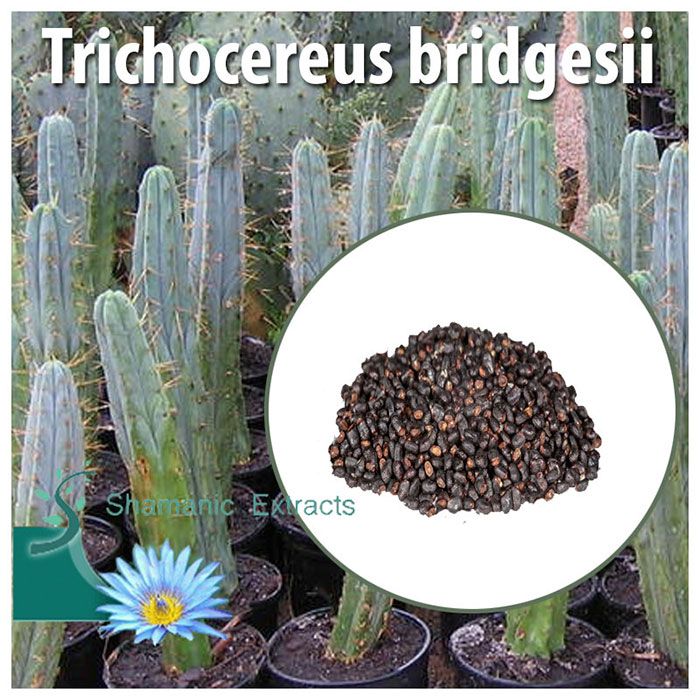The Peyote cactus (Lophophora williamsii) is more than just a plant—it’s a symbol of deep spiritual connection and traditional healing. Revered for centuries by Indigenous peoples of North and Central America, Peyote is known for its psychoactive properties and is considered sacred in many Native American rituals. Today, growing your own Peyote from seeds offers a unique opportunity to connect with this extraordinary cactus while preserving its rich cultural heritage.
At our shop, we provide high-quality Peyote seeds from several strains, offering you the chance to grow and experience this remarkable cactus firsthand.
What is Peyote?
Peyote is a small, spineless cactus native to the Chihuahuan Desert of northern Mexico and the southern United States. Its scientific name is Lophophora williamsii, and it grows slowly, forming rounded, button-like tops that are often bluish-green. The cactus contains a powerful hallucinogen called mescaline, known for producing vivid visions and deep introspective experiences.
A Glimpse Into History and Tradition
Peyote has been used ceremonially for thousands of years by Native American and Mexican tribes. Archaeological evidence dates its use back over 5,000 years. It remains central to spiritual and healing practices that have been passed down through generations.
Spiritual Significance
For many, Peyote represents a bridge between the human and the divine. Ceremonial use often includes singing, prayer, and storytelling—tools that help participants navigate inner visions and spiritual truths.
How Peyote Works: Mescaline and Its Effects
Mescaline, the active compound in Peyote, is a naturally occurring psychedelic that interacts with serotonin receptors in the brain. Effects typically begin 1–2 hours after ingestion and can last up to 12 hours. Users report:
Enhanced perception
Emotional insight
Mystical experiences
Connection with nature
Growing Peyote from Seeds: A Step-by-Step Guide
1. Choose Your Seeds
We offer a selection of Peyote seed strains, including classic Lophophora williamsii and rarer regional variants. Each has its own growth pattern and characteristics.
2. Prepare the Soil
Peyote thrives in sandy, well-draining soil. A cactus mix with added perlite or pumice works well. Sterilize the soil to avoid mold or fungus.
3. Sowing the Seeds
Moisten the soil lightly.
Sprinkle the seeds on the surface without covering them.
Cover the container with a transparent lid or plastic wrap to create a humid environment.
4. Light and Temperature
Keep your Peyote seeds warm (around 75–85°F or 24–29°C) and provide indirect sunlight. Germination usually occurs within 2–4 weeks.
5. Patience and Care
Peyote is a slow grower, taking several years to reach maturity. Water sparingly, only when the soil is dry. Overwatering is the most common cause of failure.
Peyote Strains We Offer
Each strain of Peyote has unique visual and growth characteristics:
Lophophora williamsii var. texensis – Known for its vibrant blue-green color.
Lophophora williamsii var. caespitosa – Produces clusters of small buttons.
Lophophora diffusa – Less mescaline content, often grown for ornamental use.
Responsible Use and Cultural Respect
Peyote is not a recreational plant. Its use should always be approached with respect and understanding of its cultural significance. Many Indigenous communities are working to protect wild populations of Peyote, so cultivating your own from seeds is an ethical way to experience this sacred cactus.
Conclusion
Growing Peyote from seed is a journey—one that connects you to ancient traditions and a deep spiritual heritage. Whether you’re drawn by curiosity, botanical interest, or spiritual exploration, cultivating Peyote offers a profound and meaningful experience.
Explore our selection of premium Peyote seeds today and begin your journey with this legendary cactus.
FAQs
1. How long does it take Peyote to grow?
Peyote is a slow-growing cactus that can take 3–10 years to reach maturity.
2. Does Peyote need a lot of sunlight?
It prefers indirect sunlight and warm temperatures. Direct sun can be too harsh for seedlings.
3. Can I consume home-grown Peyote?
Peyote has historically been used in spiritual and ceremonial contexts. Cultivation allows for appreciation of the plant’s growth and heritage.
4. Why are Peyote seeds a better option?
Growing from seeds helps preserve wild Peyote populations and allows full control over the plant’s environment.
5. What makes Peyote spiritually significant?
Its ceremonial use fosters deep introspection, connection with nature, and healing—practices rooted in centuries-old traditions.

![The Peyote cactus (Lophophora williamsii) is more than just a plant—it’s a symbol of deep spiritual connection and traditional healing. Revered for centuries by Indigenous peoples of North and Central America, Peyote is known for its psychoactive properties and is considered sacred in many Native American rituals. Today, growing your own Peyote from seeds offers […]](https://shamanic-extracts.com/wp-content/uploads/pyote-cactus-and-seeds-for-cultivation.jpg)
